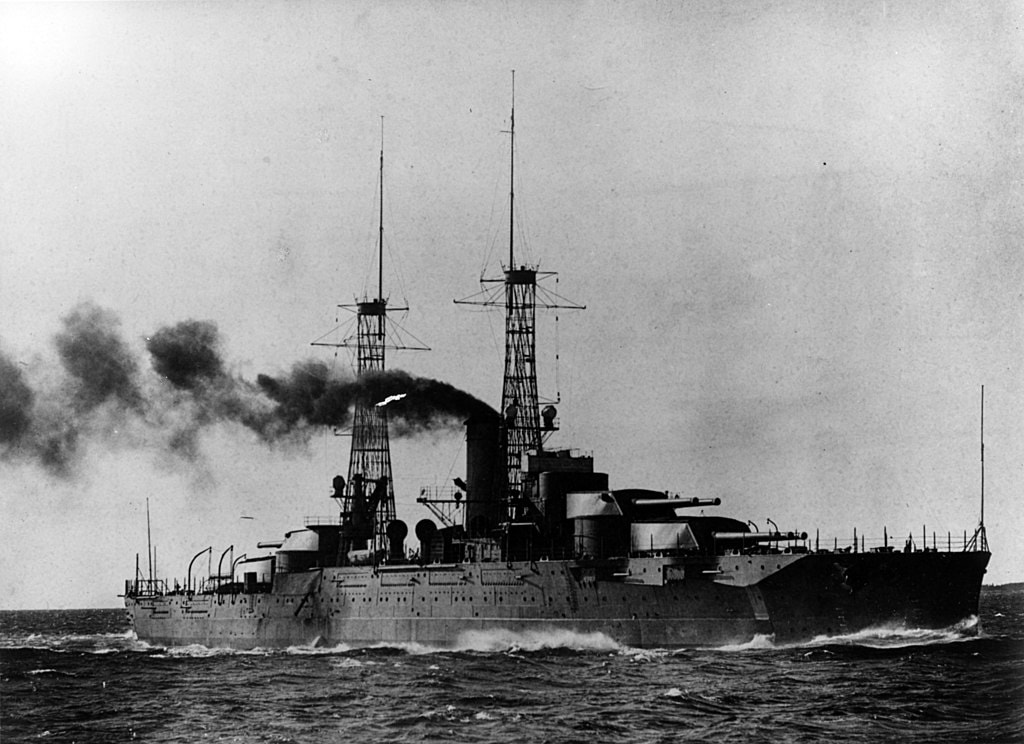
ADVERTISEMENT - CONTINUE READING BELOW
3. Rickover served in surface ships following his graduation, distinguishing himself as an engineer
Rickover graduated ranked 107 out of a class of 540. As a newly commissioned ensign, he was first assigned to destroyer duty in June, 1922. By the following June, he was the Engineering Officer aboard USS La Vallette, a nearly unprecedented achievement for an Ensign. His next assignment was aboard USS Nevada, a World War I era battleship. He found duty in large ships, with their larger crews and more disciplined atmosphere not to his taste. After a stint at the Naval Postgraduate School and further study at Columbia University, where he obtained a Master’s Degree in Electrical Engineering, he volunteered for submarine training. Part of his motivation to apply for submarine duty was the expansion of that branch in the 1920s promised faster promotion. His application for submarine duty was denied in 1929.
A former commanding officer interceded on his behalf, and Rickover served in submarines until 1933, gaining the reputation of an outstanding engineering officer. In 1933 he used his impressive language skills to translate a German submarine manual into English. His translation became the standard text for the American submarine fleet in the late 1930s. He then went to China to what proved to be the only ship command of his career, the minesweeper USS Finch, in 1937. His command lasted just three months. Rickover, designated an engineering duty officer, entered the Bureau of Engineering in Washington DC, and became the Assistant Chief of the Electrical Engineering section in 1939. He remained at that post, with the rank of Lt. Commander, when the Japanese attacked Pearl Harbor in late 1941. He had a reputation as an engineering expert on all types of ships, which made his services valuable in early 1942.

